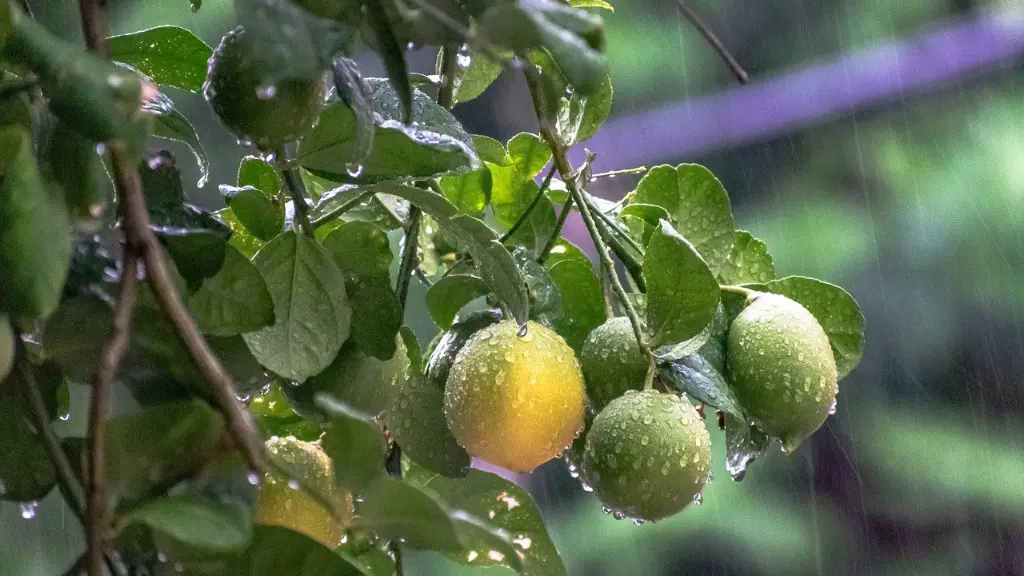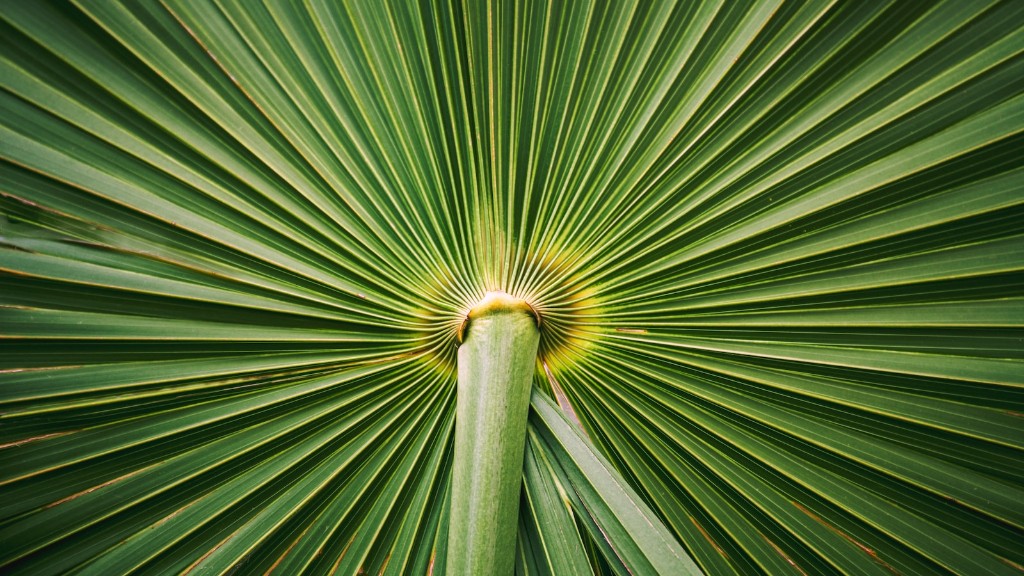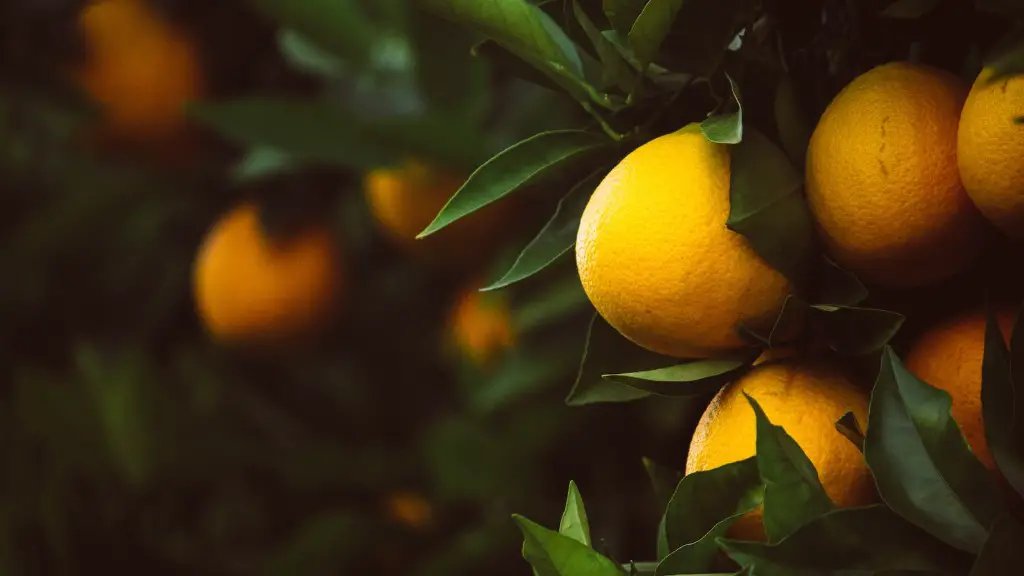How tall does a Dwarf Lemon Tree Get?
When selecting a lemon tree for a garden or patio, the classic question arises: how tall does a dwarf lemon tree get? Generally, it depends on the variety, as some dwarf lemon trees are pruned to stay smaller and have a mature height of around 2 to 4 metres, whilst other varieties have an average height of 7 metres. Furthermore, the size of the pot can also affect the height, as pruning to keep the dwarf lemon tree compact may be required if it matures in a smaller pot. So, determining the mature height of the tree is important when selecting a variety of dwarf lemon tree.
For those with a small space, the Meyer lemon tree can be an ideal choice as it has a mature height of 3 to 4 metres. It is also popular for its sweet yet tart fruit with a thin skin and excellent juice content. Moreover, it is a hardy tree, able to survive more extreme temperatures and lighter frosts than other lemon trees. Furthermore, the evergreen leaves offer year-round colour and fragrance whilst producing prolific blooms.
The Santa Teresa lemon tree is another smaller tree, reaching a mature height of 1.2 to 2 metres. It is also highly productive, producing small to medium-sized yellow fruits with high juice and sugar content. What’s more, it appears to be less susceptible to particular lemon tree pests and disease, making it a great choice for gardens in a range of climates.
The dwarf lime tree is also a popular small tree and matures at a height of 10 to 12 feet, or around 3 to 4 metres. It is notable for its high juice and zest content, unique flavour and for the flowers that produce strongly fragrant, white blooms. As with other dwarf trees, pruning is usually required to keep the tree small and to control its shape.
The key to selecting the right dwarf lemon tree is knowing the mature height and growth habit of the variety, as well as its disease and pest resistance. Furthermore, it is important to understand the necessary pruning requirements and to ensure that the tree has enough space to develop and reach its full potential.
Fertilisation And Watering
Adequate fertilisation is an important factor to consider when maintaining a dwarf lemon tree, as it ensures a good supply of nutrients in both the soil and leaves. It is generally recommended to apply a balanced citrus-specific fertilizer three times a year, such as when the flower buds form, when the fruits begin to form, and again when the fruits are mature. Generally, using measured amounts of water is also important to ensure that the tree gets a regular and consistent water supply.
When watering, it is important to keep in mind that it should be done either early in the morning or late in the evening, to prevent water droplets remaining on the foliage overnight. Furthermore, it is a good idea to keep an eye on the moisture of the soil, rather than relying on a strict watering schedule, as different climates and environments can affect the soil’s ability to retain moisture.
Despite the fact that dwarf lemon trees are geneally easy to maintain, providing adequate fertilisation and water is essential for producing maximum yields and healthy growth. What’s more, organic fertilisers or soils can be beneficial for producing healthy lemons, as well as adding organic matter, to promote healthy formation of root systems and soil structure.
Fruit Yields
Whilst a lemon tree may take up to three years to reach full productivity, the yields from a mature dwarf lemon tree can be substantial. Generally, a healthy lemon tree produces around 500 to 2000+ fruits a season, or larger yields for multiple lemons per year. Furthermore, dwarf trees tend to yield as much as trees grown in the ground, making them ideal for small spaces where space is a premium.
In order to maximise fruit production yields, it is important to leave adequate space between fruits. This can be achieved by thinning out the fruit when they are the size of a golf ball, as this promotes larger and better-quality fruit. Additionally, it is important to take care of the tree to ensure that it is healthy and free of pests and disease, as this has a significant effect on yields.
Finally, it is worth noting that not all dwarf lemon trees produce fruit. For example, the Sayer Dwarf citrus tree is a decorative tree with only foliage, adding an attractive touch to a garden or patio. Similarly, the Citrangelee hybrid is an ornamental tree, notable for its small size and attractive foliage, as well as the fragrant flowers and citrus fruits.
Pruning
Pruning is an important part of caring for most dwarf citrus trees, as it is used to maintain the tree’s shape, size and encourage healthy growth. Pruning involves the removal of unwanted excess growth, as well as developing a dominant leader branch – that is, the main branch growing out of the trunk. Pruning also involves removing dead branches, removing suckers and crossing branches and thinning the canopy to allow more light and air movement in the tree.
Generally, pruning should be done in late winter and early spring and carried out with a pair of sharp, clean scissors or secateurs. Furthermore, it is a good idea to sterilise the tools when pruning and in between cuts to prevent the spread of disease and pests. Additionally, pruning should be done with caution to avoid damaging the tree, and to ensure that too much of the tree is not removed in one go.
Potting And Repotting
When selecting a pot for a dwarf lemon tree, it should have adequate drainage holes, as standing water in the bottom of the pot can waterlog the tree and cause root rot and other health problems. Additionally, the pot should be large enough for the tree root system, as it grows into maturity. Generally, a dwarf lemon tree is recommended for a pot of around 40 to 50 litres.
Generally, repotting might be done every two to three years to encourage a healthy tree. This involves moving the tree into a pot one size up to give the root system more space to spread and thrive. Additionally, when repotting, it is important to use potting mix specifically designed for citrus trees and to add slow-release fertilizer, helping to promote better tree health and growth.
Pests And Disease
Mainly, the dwarf lemon tree is affected by similar issues as other citrus trees, such as mites, scales, aphids, root rot, charcoal rot and fungus. However, these issues are normally due to poor cultural practices, such as incorrect pruning, fertilising, potting and watering, or even incorrect soil pH. Furthermore, the impact of these pests and diseases can be reduced by planting trees in well-draining soils and keeping an eye out for signs of infestation.
Mites are among the most common pests affecting citrus trees and can be identified by their webs, while scales can be spotted by their white, brown and yellow colouring on the leaves and stems. Generally, they can be removed by hand or with a jet of water. Additionally, keeping the tree pruned and ensuring that it gets adequate water and light can reduce the risk of attack from parasites or pests.
Finally, it is worth noting that other causes of disease can be traced back to environmental stresses, such as cold and windy weather, overly wet or dry soils, or deficiencies in nutrients in the soil. Thus, understanding the tree’s needs and maintaining its cultural conditions can be beneficial for both the tree and its fruit yields.




